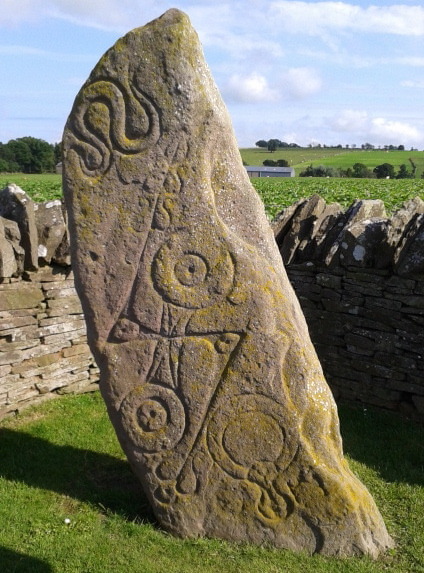Text
Ohhhh in Lady Gregory’s version of the Pursuit, after Grainne and Diarmuid get into an argument, is when they reconcile/get together instead of the, “this water has more boldness than you” thing. Neat!
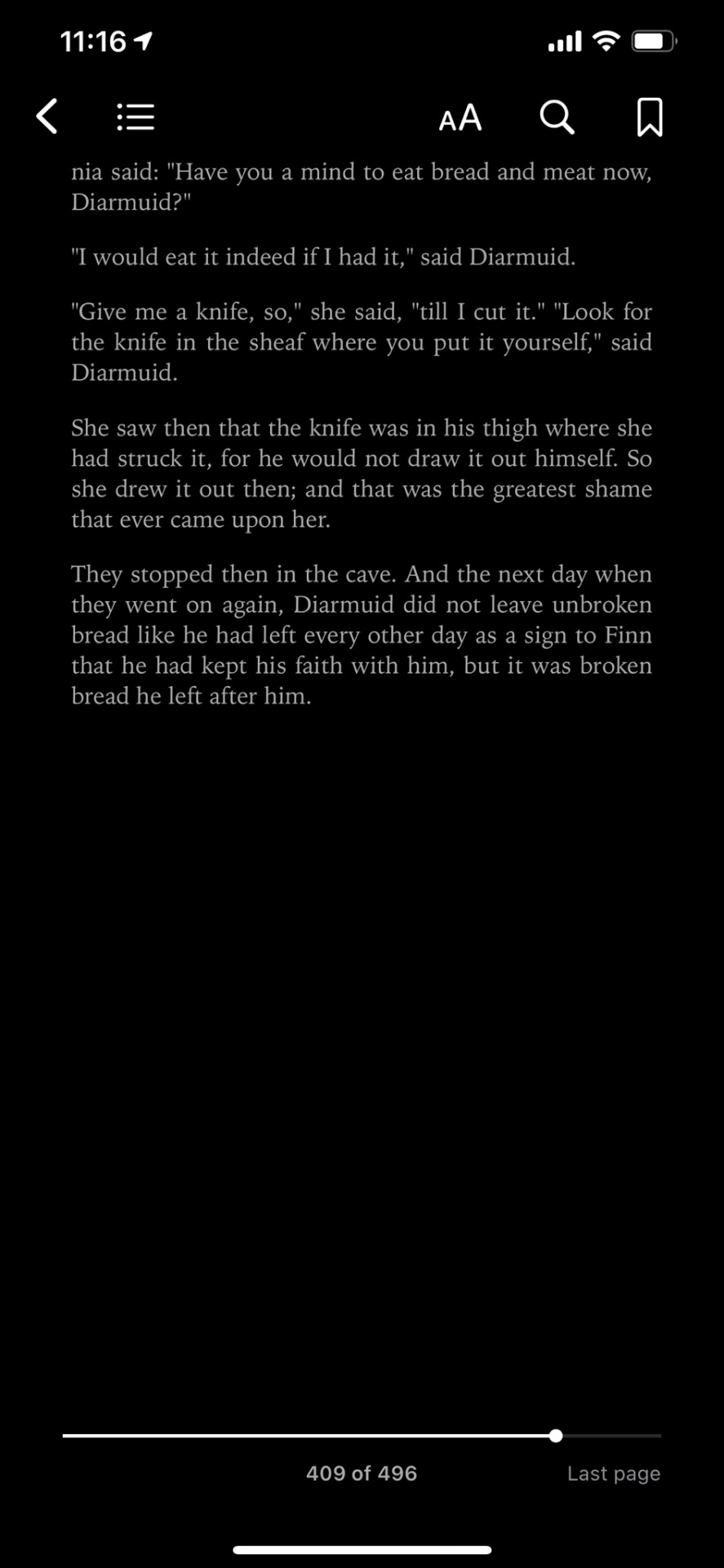
Also, Diarmuid has a blue eye??? Or is that some sort of metaphor im misunderstanding?
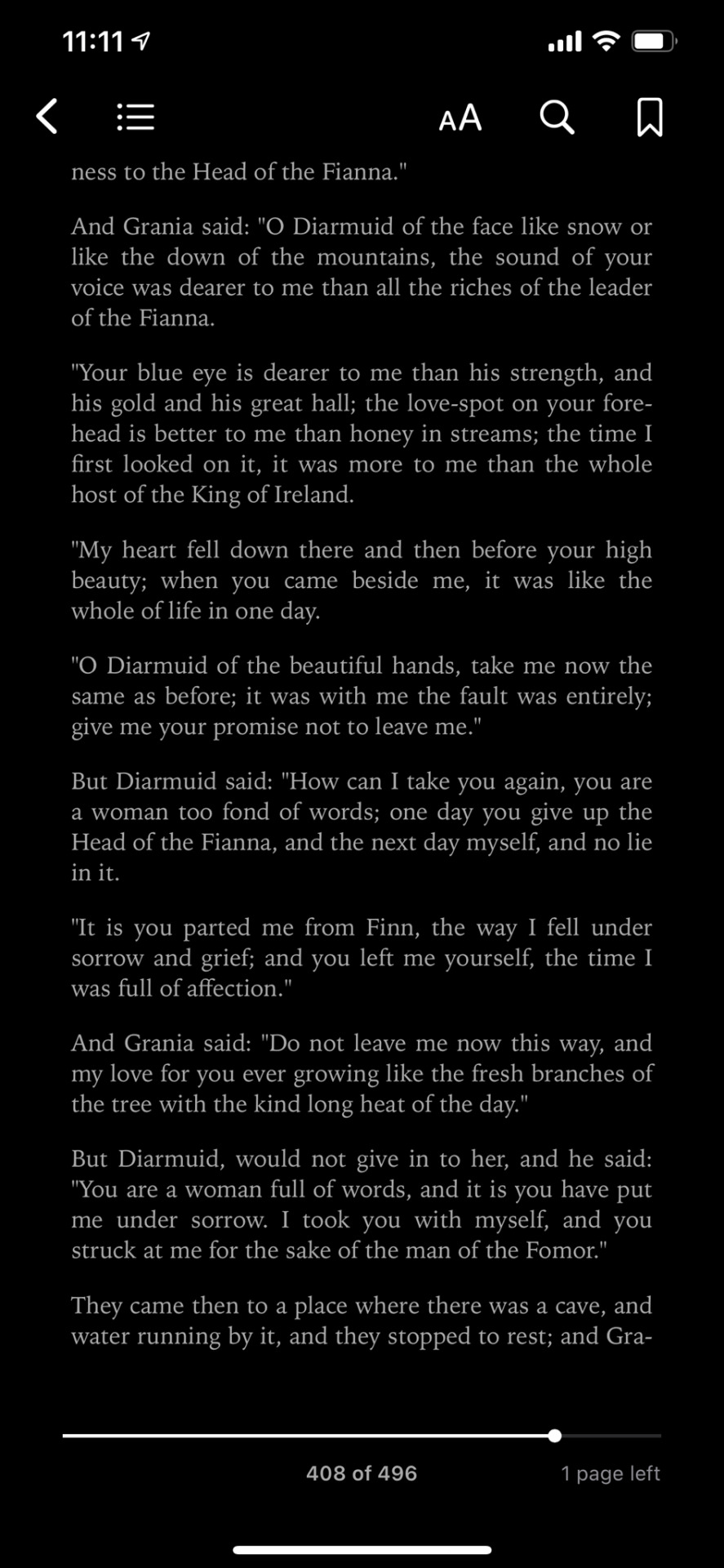
@akampana It was this version I found the passage where Grainne sings Diarmuid to sleep!
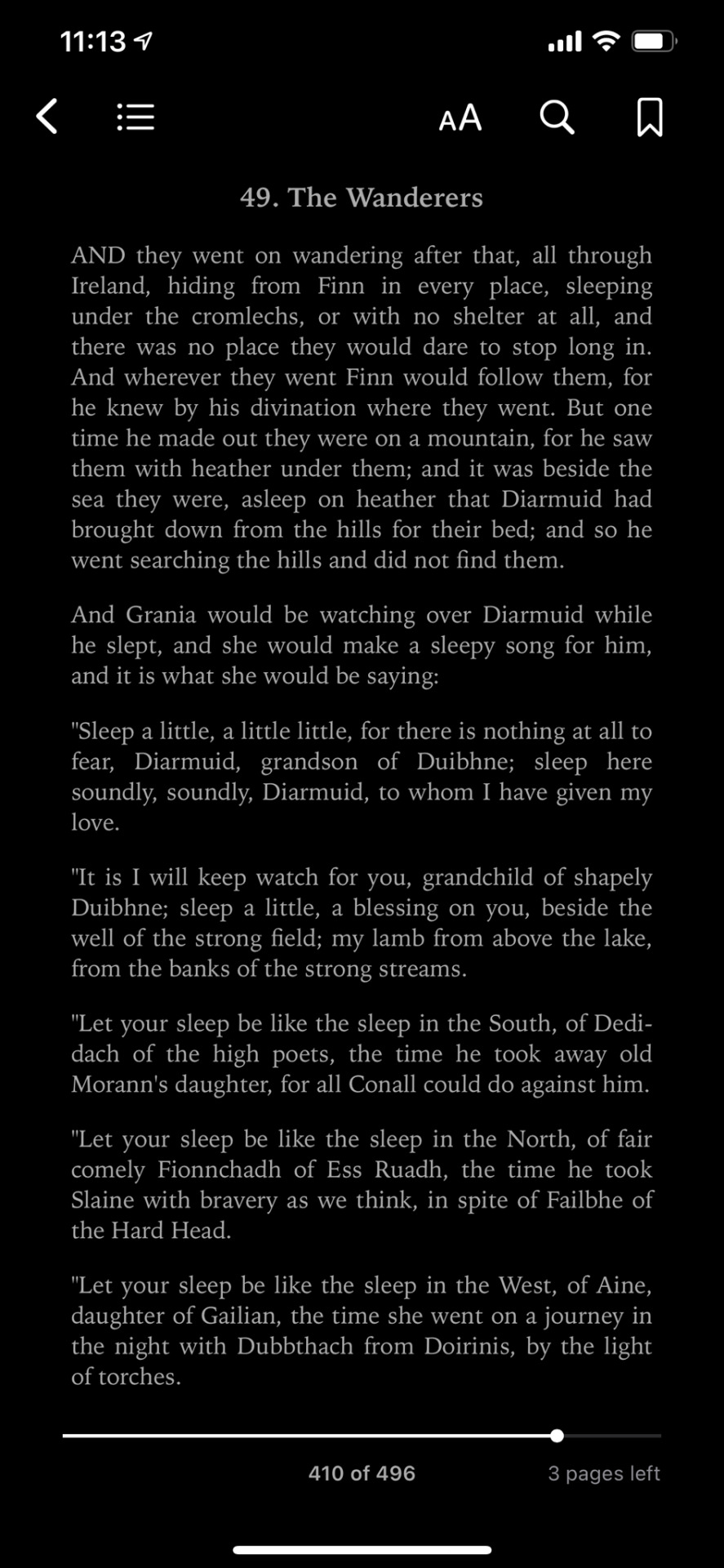

48 notes
·
View notes
Text
“The world of the soul is secret. The secret and the sacred are sisters. When the secret is not respected, the sacred vanishes. Consequently, reflection should not shine too severe or aggressive a light in on the world of the soul. The light in Celtic consciousness is a penumbral light.”
— Anamchara, John O’Donohue (via worldofcelts)
496 notes
·
View notes
Text
“The oldest worship of the world was of the sun and moon, of trees, wells, and the serpent that gave wisdom. Trees were the symbol of knowledge, and the dance round the May-bush is part of the ancient ophite ritual. The Baila also, or waltz, is associated with Baal worship, where the two circling motions are combined; the revolution of the planet on its own axis, and also round the Sun.”
— Legends, Mystic Charms, and Superstitions of Ireland by Lady Francesca Speranza Wilde
2K notes
·
View notes
Photo

Model: @jumeria
Photo :@rekii.fotografie
Circlet by Elvenstardesigns.
1K notes
·
View notes
Text
"Although it is said that the Celts kept no written records, St. Patrick personally burned almost 180 Irish books written in the Celtic language. This set an example for Christian zealots who destroyed every piece of Druidic literature they could find." - D.J. Conway, in "Celtic Magic"
The Celtic version of the Library of Alexandria. My Irish heart 💔
420 notes
·
View notes
Photo
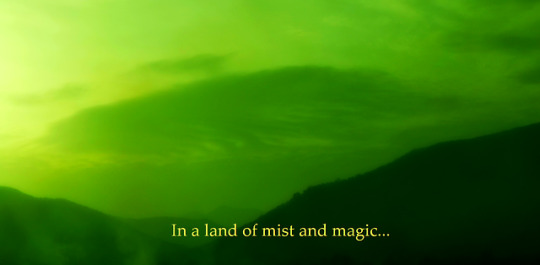


Intro from Celtic fantasy series Arcanum of Thorns
© S.K. Lumen
406 notes
·
View notes
Text
Celtic Articles: Indie Shops for Crafts

I recently saw a post on jewelry replica shops for ancient pieces, so I thought I’d compile a list for shops containing Celtic goodies, using all my useful tags (crafts, moderncrafts, indie, shop & etsy). In these shops you will find jewelry made of copper, wood, etc.; knitwork, stone work, cool bottles with trinkets, leather accessories and more. Let’s support these wonderful artists if you enjoy handmade goodies!
https://www.tiguifantasycrafts.com/
https://www.bdsart.com/
https://www.beastmancaravan.com/
https://www.euphoricspiritdesigns.com/
https://www.etsy.com/shop/mossfaery
https://www.etsy.com/shop/FireFoxAlchemy
https://www.etsy.com/shop/LoitsuCrafts
https://www.etsy.com/shop/ReilynnsKnitsNCrafts
https://www.etsy.com/shop/WulflundJewelry
https://www.etsy.com/uk/shop/ScottishCostumeGuy
https://www.etsy.com/shop/CampbellsCelticCraft
https://www.etsy.com/shop/BubbaJonesBrewCups
https://www.etsy.com/shop/YrOgof
https://www.etsy.com/shop/BrawCrafts
https://www.etsy.com/shop/IrishJewelleryGifts
435 notes
·
View notes
Text
“La Tène style is a highly stylised curvilinear art based mainly on classical vegetable and foliage motifs such as leafy palmette forms, vines, tendrils and lotus flowers together with spirals, S-scrolls, lyre and trumpet shapes.”
— Raghnall O'Floinn, “Treasures of the National Museum of Ireland: Irish Antiquities“
149 notes
·
View notes
Text
Celtic Articles: Warrior Women & Training

Since becoming more interested in fitness, I couldn’t help but wonder how the women of the ancient Celts might have trained for years on end (who knows, even decades considering the druids did the same). Or the men for that matter. What kind of tests, challenges and trials they might have gone through as warriors of their tribes.
Now, we have quite a few ancient references by historians which allude to the fitness and strength of Celtic women. Another thing that is quite clear among academics is the importance of strength and fitness to the Celtic cultures as a general rule (or at least, to the predominant tribes).
“The [Celts] endeavor not to grow fat or pot-bellied, and any young man who exceeds the standard measure of the girdle is punished.“ - Strabo
"A whole band of foreigners will be unable to cope with one [Gaul] in a fight, if he calls in his wife, stronger than he by far and with flashing eyes; least of all when she swells her neck and gnashes her teeth, and poising her huge white arms, begins to rain blows mingled with kicks, like shots discharged by the twisted cords of a catapult.” - Ammianus Marcellinus (A bit dramatic Marcel, but ok.)
“Here the women met them holding swords and axes in their hands. With hideous shrieks of rage they tried to drive back the hunted and the hunters. The fugitives as deserters, the pursuers as foes. With bare hands the women tore away the shields of the Romans or grasped their swords, enduring mutilating wounds.“ - Plutarch
"The women of the Celtic tribes are bigger and stronger than our Roman women. This is most likely due to their natures as well as their peculiar fondness for all things martial and robust. The flaxen haired maidens of the north are trained in sports and war while our gentle ladies are content to do their womanly duties and thus are less powerful than most young girls from Gaul and the hinterlands.” - Marcus Borealis
Given this, let’s discuss this fascinating topic and entertain a couple of theories, a fun little imagination game if you may, of how this might have gone.
Difficulty: first of all, the trainings were certainly grueling. The purpose would be to challenge both their bodies and willpower, to go harder and harder, become stronger and gain more muscles.
Frequency: It would make sense for warriors to train as often as possible, every day in the mornings, in the evenings as well just to ensure the agility of both mind and body.
Diet: They probably had a certain diet to follow, to ensure enough protein intake etc.
Alongside physical training, learning how to fight, wield swords, defend themselves etc, there would also be trainings for mental/emotional/spiritual discipline. This is where the “they feared no death during battle as they believed in reincarnation” bit comes in.
Training was specific to their age. The younger ones focused on endurance, posture, discipline, habit. Then finally on technique, strategy, weapons-expertise, etc.
What other factors or aspects do you think were part of their training? Do you think the men and women trained the same, or with smaller/greater differences? Let me know your thoughts below!
(Now if you’ll excuse me, I’m feeling inspired to write a book on ancient Celtic warriors going through their training daily with their friends and kinsmen, teasing each other with inside jokes and games, always challenging each other and showing off their new gains to their love interests in as much a silly and awkward fashion as modern people do…..)
-L.
598 notes
·
View notes
Text
WHO IS THE GREEN MAN?🌿 👀
The Green Man is one of the most visible Pagan references you’ll see in our society. You may have seen the Green Man throughout your city or local church, or even as the name of your local pub. So who is the Green Man, and why does he appear everywhere?
The Green Man is primarily interpreted as a symbol of rebirth, represented in the cycle of growth each spring. He is most commonly depicted as a sculpture or face surrounded by, or made from, leaves. He’s often seen in decorative architectural ornamentation and is frequently found in carvings on both secular and religious buildings. Derivatives of The Green Man are found in many cultures from different time periods around the world.
The Green Man is related to what is called a vegetative deity - a nature God whose life, death and rebirth represents the growth cycle of plants. The deity typically undergoes dismemberment, scattering, and reintegration into the land. The cyclical pattern plays on themes such as immortality, resurrection, and reincarnation.
The green man often appears as decorative carvings in churches across Europe and is a perfect example of how paganism never fully disappeared. The Pagan perspective of the world persisted side by side with Christianity - it just became expressed in more hidden ways.
To me the Green Man doesn’t represent any one specific Pagan deity, instead he represents the desire to maintain a spiritual connection to the land and the cycles of nature. He is a part of the Pagan psyche, an archetype representing the fertility of the natural world and a way to bridge the gap between the Pagan and Christian worldview.
In many Pagan societies it was believed that Man was born from nature, and was thus directly tied to the fate of nature. In the Green Man we see this fusion of nature and Man represented. This is definitely an important metaphor for us today as we grapple with the effects of climate change. The Green Man reminds us that our fate is forever entwined with the fate of the wider natural world.
The Green Man doesn’t just appear as an architectural feature, he is also woven through European Folklore and traditions. Some people associate the Green Man with “Jack in the Green” which is an English folk custom associated with the celebration of May Day. The Green Man is also a recurring figure in literature. Robin Hood, Peter Pan, and the Green Knight in the story of Sir Gawain are all examples of the presence of the Green Man archetype in English culture.
The Green Man regained a lot of popularity as the wider New Age Movement came into being and many artists continually use this figure for inspiration. For example, The Green Man was the theme of Burning Man in 2007 and the most recent season of Sabrina features The Green Man prominently in the story line.
So, next time you’re walking around your town or visiting a local religious building, keep an eye out for the Green Man - you might just find him.
youtube
645 notes
·
View notes
Text
Celtic Articles: The Otherworld
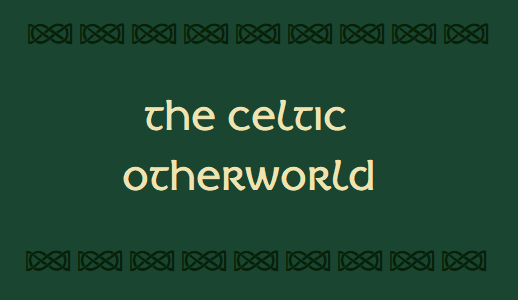
Overview, Location, Symbols
Throughout all the Celtic fairytales and myths, the otherworld is always presented through a different light. Like an elusive mist in the mountain path, it always changes shape so that it can never quite be defined as the otherworlds from other cultures can be, particularly the Elysium or Underworld of the Greeks, ruled by distinct laws.
Indeed, in some stories the Celtic otherworld is described as being located in caverns, caves, rivers, under the sea, in hillforts or mounds, the gateways can be secretly hidden or magically enchanted or accessible only to those that are initiated into its arcane mysteries.
It is also debated whether the Celtic otherworld is perceived in the mythological body as a single unit, a universe that has many locations embedded into it, all of which appear in different stories; or whether all these places are separated by gateways, individual locations that can be labelled under the umbrella of the same realm. Some tales leave readers to speculate that this realm is a physical extension of the mortal world, such as an island concealed in the seas west of Ireland; or that it may be a dimension parallel to the mortal one, as said above, accessible through many doorways, most often through landmarks of nature.
Beside this elusive quality of the otherworld’s location, it distinguishes itself against the mythos of other cultures through its unique flavor of mysticism, initiatory symbols and the qualities of immortality, abundance, beauty - in essence, the total absence of any illness, lack/absence; physical, mental or emotional flaws. In the oldest Celtic myths (manuscripts originating from cca. 8-9th century), this was in fact the original portrayal of the gods and goddesses and mortal adventures presented in the stories: as being benevolent, initiatory, relaying wisdom to those attentive to see it.
The most important symbols pertaining to the Celtic otherworld include the magic mist (the fabled mist that conceals the island of Avalon in Arthurian legends, hidden from prying eyes), the silver branch / apple branch (similar to the Greek golden bough in many aspects, essentially serving as an initiatory motif), sacred trees (so closely tied to druidic teachings), shapeshifting into or from animals (animism and the role of animals and beings in Celtic perception), etc.
But we will take a closer look at these symbols in the next articles by delving into their importance in the context of Celtic spirituality and their worldview.
Keep reading
622 notes
·
View notes
Photo

The Shannongrove Gorget, Ireland, Late Bronze Age (c. 800-700 BC)
A gorget is a more elaborate form of the lunula, a crescent shaped ornament thought to have been used to fasten cloaks around the neck. This gorget was found in a bog in Shannongrove, Co. Limerick, sometime before 1783. There are only ten similar pieces from Ireland known at this time, some of which come from the lower Shannon area.
On the inner side of the collar, under each of the circular terminals, is a hole. The collar probably rested on the chest and was held in place by a chain running between the two holes and passing round the back of the neck.
Gold was buried with the dead so as to accompany its owner into the afterlife. Sometimes, as with the gold collars from Ireland which have been found folded in half, it appears people may have followed a ritual for the disposal of jewellery.
649 notes
·
View notes
Photo
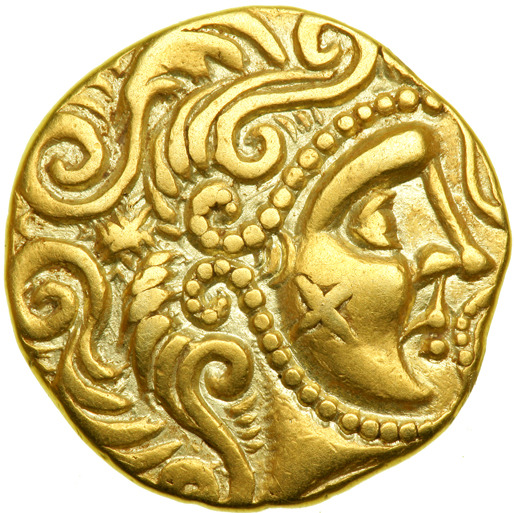
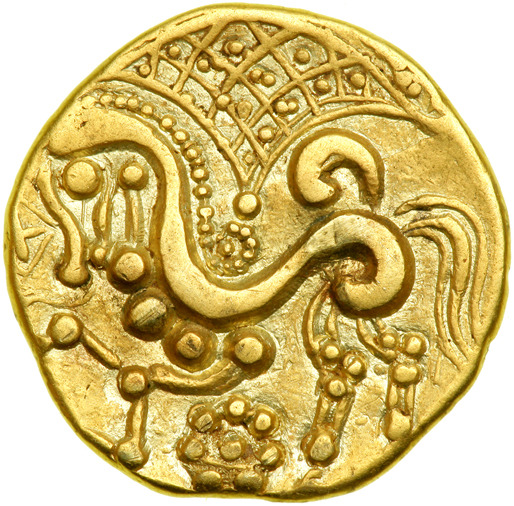
Ancient Celtic Coin From Paris
Very rare and perhaps the finest known specimen, this stater was struck in the late 2nd to early 1st century BC by the Celtic Parisii tribe. The obverse shows a male head (probably Apollo) surrounded by beaded filaments, a star amidst his swirling hair and a cross on his cheek. The reverse has a horse with a curvilinear design, thought to be a wing (like Pegasus).
The late Iron Age village of Lutetia, located at the site of modern-day Paris, was the capital of the Celtic Parisii tribe. Its main settlement was on the Ile de la Cité on the River Seine (Sequana). With the Suessiones, the Parisii participated in the general rising of Vercingetorix. He was the chieftain of the Arverni tribe, who united the Gauls in a revolt against Roman forces during the last phase of Julius Caesar’s Gallic Wars in 52 BC. During the Roman advance in 52 BC the Celts burned their city, and the bridges that linked it to the banks on either side, but after Roman dominion was established it was rebuilt and named Parisii.
954 notes
·
View notes
Photo

The Celtic Homeland
Oil and acrylics on canvas.
From Celtic fantasy books Arcanum of Thorns
© S.K. Lumen
61 notes
·
View notes


